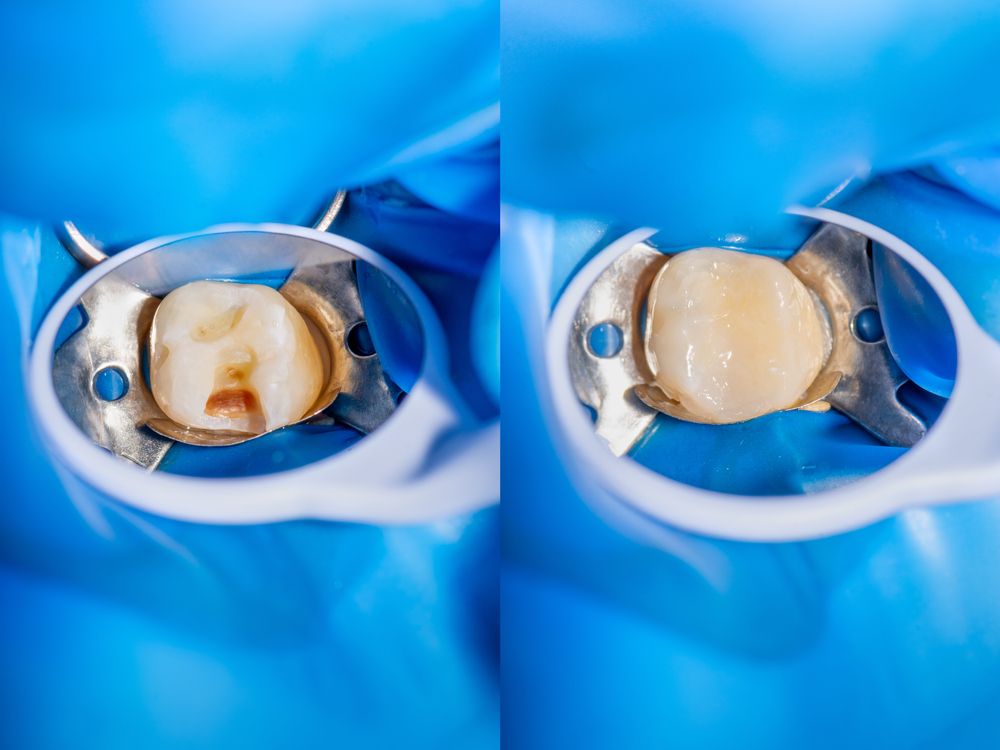There are many reasons that dental patients inquire about dental implants as a restoration option. Some are looking for a whole new smile, others have embarrassing imperfections in their smile they’d like to correct, and some are just looking to restore function. In many cases, there’s a combination of these factors at play. The advances in dental technology have made dental implants more available. Previously they were only available to those who could afford the high cost of receiving them. Modern dentistry provides these options at greatly reduced prices over previous years.
How Digital Dentistry Helps Improve Dental Implant Options
Dental implants have become the most popular permanent solution for tooth extraction patients. These restorations consist of a post, an abutment, and a crown. The post is made of titanium, anchors the implant, and strengthens the jawbone. This strengthening is accomplished due to titanium’s properties that make it induce osseointegration or the fusing of bone with the titanium post. The abutment is mounted on top of the post and anchors the prosthetic tooth, or crown, to the post. Combined, these treatment options make it possible to restore total form and function to a patient’s smile.
One of the most essential innovations to improve access to dental implants is CBCT imaging and digital x-rays. High-quality imaging is essential in producing effective and aesthetically pleasing results. They help reveal the underlying structures of the patient’s oral cavity and provide clear imagery of any underlying oral health issues. In addition, they can produce high-quality 3D images that allow dentists to plan their treatment and implantation process more effectively than ever before. This improved imaging also means that the dentist fully understands the treatment area. The result is the ability to use smaller, precisely placed incisions to reach the treatment area and perform the procedure.
The dental implant procedure is routine in modern dentistry, though it often requires two or three visits to complete the entire procedure. The steps involved in receiving an implant include:
- Preparation – During this stage, your dentist will perform imaging such as CBCT. This helps them visualize the treatment area and identify any issues that your dentist must address before implantation. You may opt to have additional teeth extracted or get other restoration work performed before moving forward.
- Implantation – Once you’ve healed from any remaining work that you require, you’ll be scheduled for an implantation procedure. During this stage, incisions will be made in your gums, and your jawbone will be prepared to receive the titanium posts. At the end of this stage, the posts will be inserted into your jawbone, and the gum sealed over it.
- Abutment Placement – Once you’ve recovered from your previous procedure, you’ll be brought in to have your abutments placed. The gum will be opened, the abutment put in place, and the incision sutured closed around it, leaving the abutment exposed.
- Crown Placement – Once you’ve healed from the abutment placement, your final crowns will be placed. You’ll be able to use them normally following this procedure.
Speak To Your Dentist About Dental Implants
If you’re ready to receive dental implants, it’s time to contact your dentist for a consultation. They’ll discuss the procedure ahead, financing options, and more. Isn’t it time you restored your beautiful smile so you can get back to sharing it with the world?






